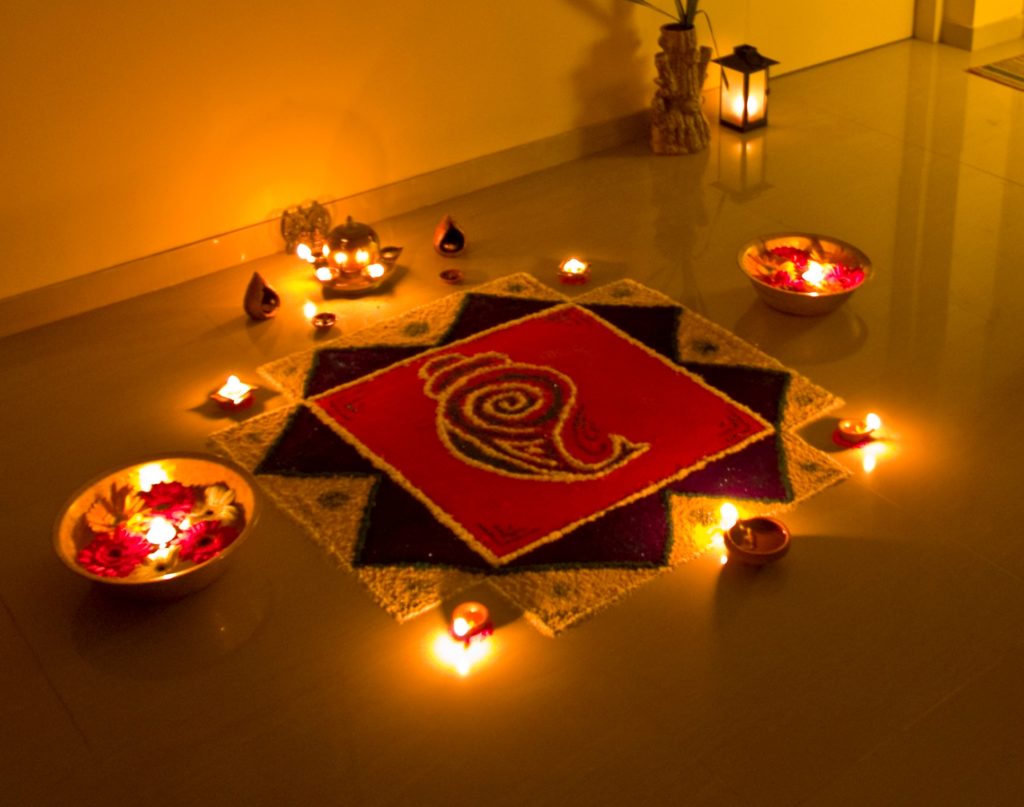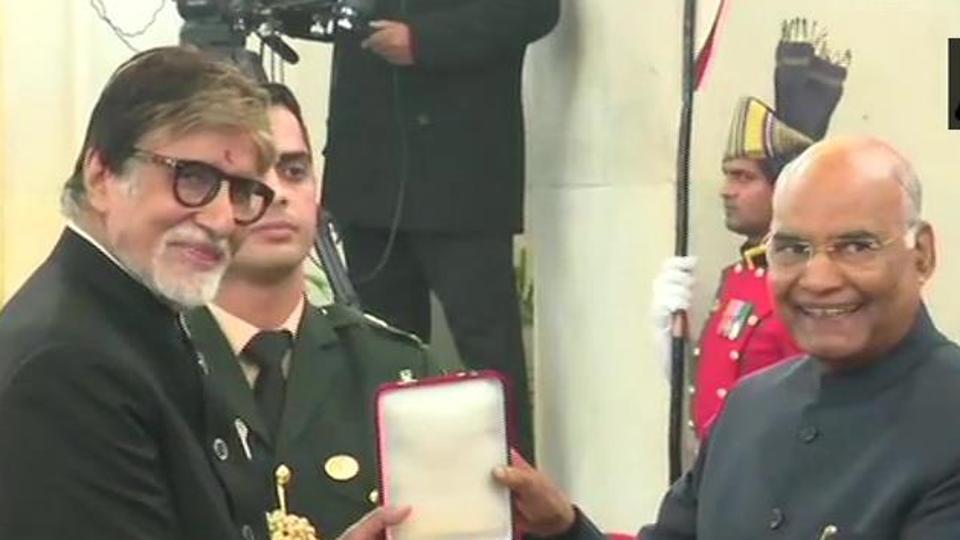Table of Contents
In South India, Diwali is celebrated in as Naraka Chaturdasi, one day before Badi Deepavali, on the second day of five days long Deepavali celebration. Naraka Chaturdashi is also known as Kali Chaudas, Roop Chaudas, Choti Diwali or Naraka Nivaran Chaturdashi. Chaudas means fourteenth, this festival is celebrated on the 14th day of the dark half of Ashwin month according to Vikram Samvat, Hindu calendar.
Mythological Significance of Naraka Chaturdashi
This particular day signifies the defeat of good over evil. Once upon a time Narakasur (demon) who was the progenitor of the Bhauma dynasty of Pragjyotisha, grew outrageously cruel under the influence of his pride and power. He imprisoned 16000 young princesses with an intention of marrying them after winning their kingdoms in battles. Narakasur was slain by Satyabhama, the second most popular wife of Lord Krishna. Naraka asked not to mourn his death but celebrate like a festival.
Also, Goddess Kali is the deity of central importance on Narak Chaturdashi day. We worship Goddesses Kali on this day to overcome negative energies. Seeking her blessings on Kali Chaudas, ensures protection from all negative energies and victory over enemies.

2 Legends Associated With This Day
1. The Legend of Hanuman
When Ram devotee, Hanuman gobbled up Sun, assuming it as a fruit, Pitch darkness engulfed the entire world. On Kali Chaudas day, all the Gods and demi-gods pleaded with Hanuman to release the Sun, but Hanuman did not agree, so Lord Indra attacked him with his thunderbolt which hit Hanuman on the mouth, and the Sun came out. This brought back the light to the world again.
2. The Legend of Bali
King Bali was one of the most generous kings and gained a lot of fame for it, but the fame went to his head and he became very arrogant. He started insulting and humiliating people who came to him for alms, so Lord Vishnu decided to teach him a lesson and came in the incarnation of Vaman in the guise of a dwarf. When Bali told him to ask whatever he wanted, Lord Vamana asked for land equal to just three steps of his. With the first step the Lord measured the whole earth, and the entire heaven with his second step. Then he asked Bali where to place his third step. A humbled Bali bowed down and requested the Lord to place his last step on his head, which gained him salvation. So Kali Chaudas is celebrated on this day to drive away greed.
Rituals associated with Naraka Chaturdashi/Choto Diwali
The main ritual associated with Narak chaturdasi is Abhyanga snan (massage). Abhyanga snan is performed on the morning of Narak Chaturdasi which provides you with numerous health benefits. It includes massaging the whole body with sesame oil.
Because Diwali is celebrated during winter season, using sesame oil increases heat in the body, and thus, helps you to stay warm. After 30 minutes of oil application, apply ‘Ubatan’ (a paste of oil, herbs, flower and other essential beautifying ingredients) on the body to remove excess oil. Finally, rub it off and take bath with hot water.
Dhanteras-Legend and Rituals of the Hindu Festival
To reap best maximum benefits of Abhyang snan, do it before the sunrise. It is as sacred as bathing in the river Ganges. It is a belief that by performing this ritual on the day of Naraka Chaturdashi a person will be freed from the sufferings of hell.
As Naraka Chaturdashi is also celebrated on the day of ‘Hanuman Jayanti’. On this day a special puja is offered to the lord Hanuman. The deity is worshipped with flowers, oil and sandalwood. Special ‘Prasad’ is prepared from rice flakes, sesame seeds and jaggery which is offered to the lord, along with coconut.
Every state has different way of celebrating Naraka Chaturdashi. For example, in Goa the effigy of Narakasura is built using combustible material like paper, grass, hay, etc. and filled with fireworks.
9 Reasons Why Decision of Ban on Crackers is Right
This effigy is set on fire in the morning on the day of Chaturdashi. The families then go home for the ritual bath, where they first massage with oil before bathing with hot water.
Lamps are lit in a line. The women of the house perform aarti of the men and gifts are exchanged, a bitter berry called kakarats crushed under the feet in token of killing Narakasura, symbolising evil and removal of ignorance.
Also Read:
- Janamashtami – Birthday of Lord Krishna
- Deepawali Name, meaning and Significance
- Dattatreya -Legend, why we celebrate Datta Jayanti?
- Know why People don’t eat Onion and Garlic in Navratris
- Vishu Festival in Kerala-Meaning and Significance
- Dhanteras-Legend and Rituals of the Hindu Festival
- Celebrate this Diwali for Good Luck and Happiness
- Vishnu Dashavatar | Various Incarnation of Lord Vishnu on Earth
- Govardhan Pooja on the fourth day of Diwali
- Dhanteras festival legends, rituals and significance
- Gautam Buddha Life and Buddha Purnima celebrations
- 12 Strong Names of Hanuman Ji
- Bhai Dooj Celebrations, Significance, Story
- Why do we celebrate Choti Diwali and Beliefs





